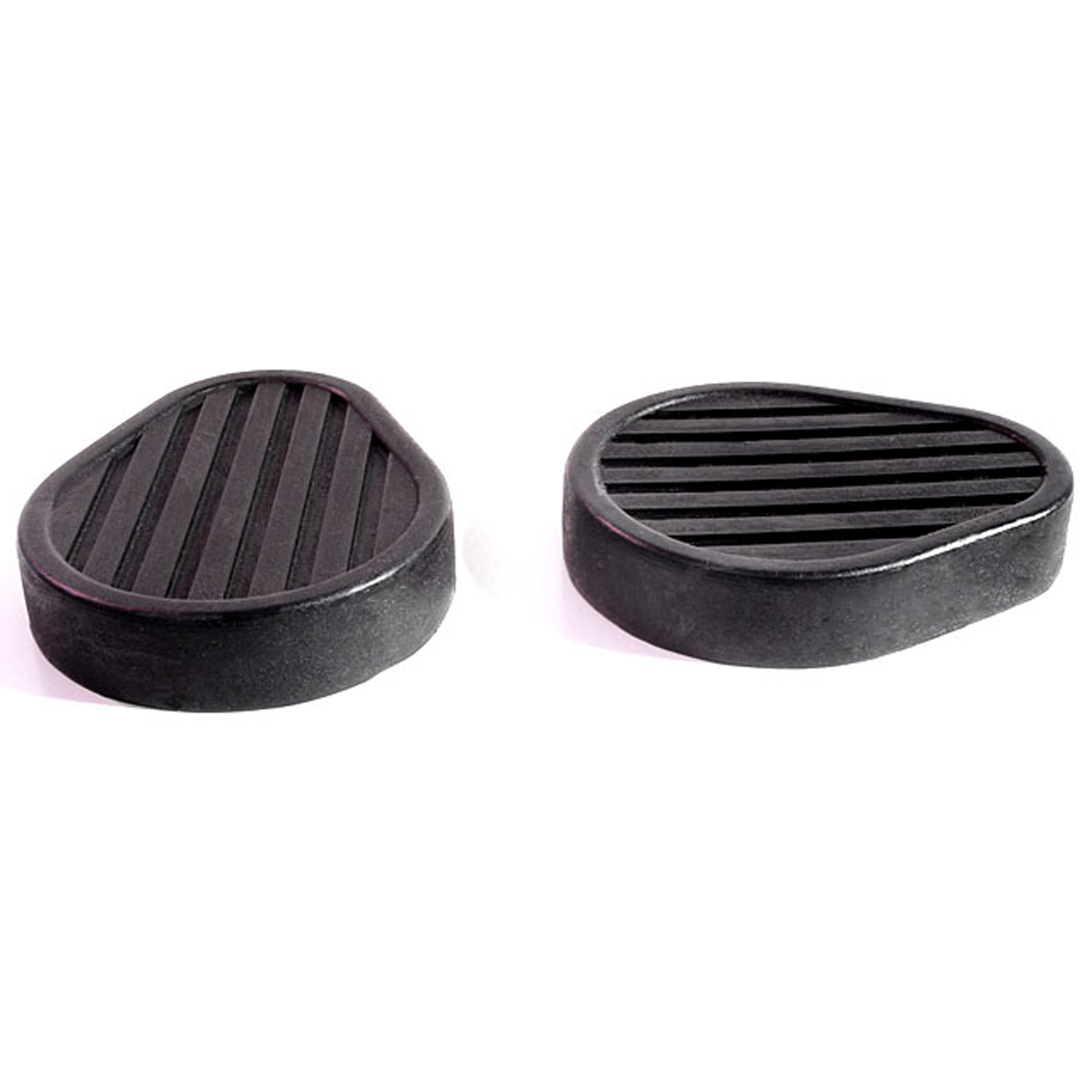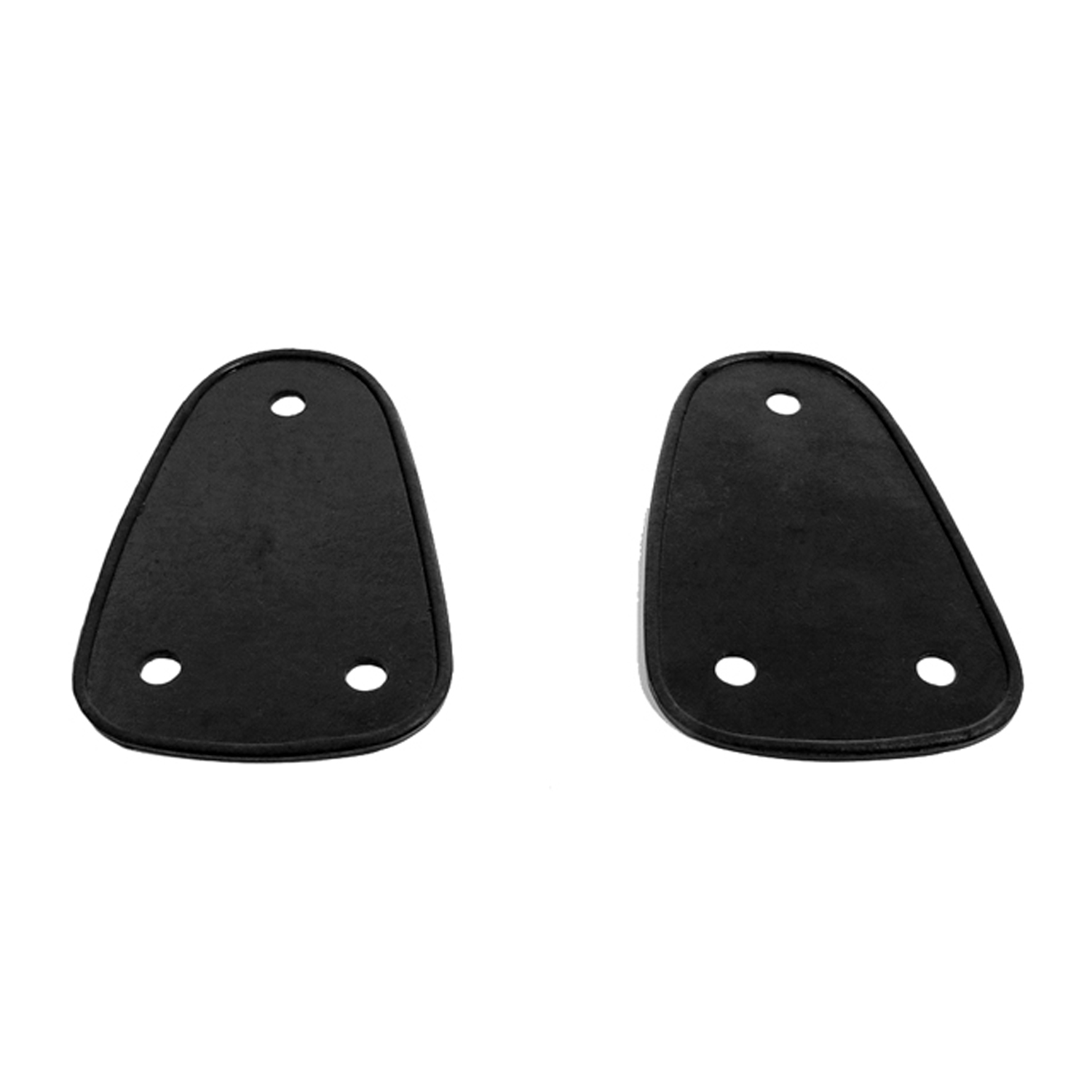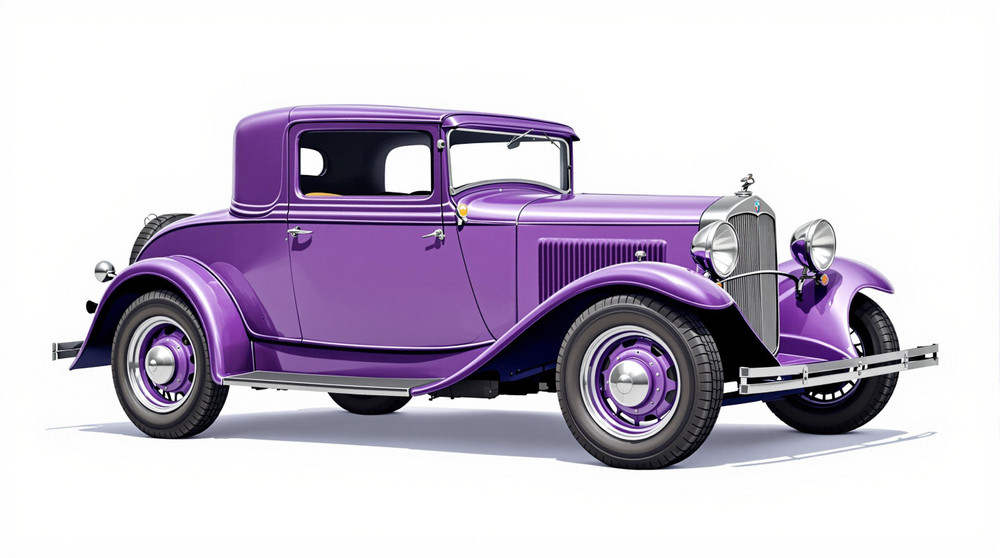Image of 1931 American Austin American Austin, Note: These illustrations use artistic license and may differ from actual historical models.
Performance Metrics
Fundamental Metrics
Emotional Appeal
MMP Rating
| Engine Specifications | |
|---|---|
| Engine: | Inline 4 |
| Displacement: | 747 cc |
| Horsepower: | 15 HP |
| Torque: | Estimated at 40 lb-ft |
| Compression Ratio: | 6.0:1 |
| Ignition System: | Distributor and coil |
| Cooling System: | Water-cooled |
| Performance Specifications | |
| 0-60 Time: | Not available due to the age and power of the vehicle |
| 1/4 Mile Time: | Not available due to the age and power of the vehicle |
| Top Speed: | 50 mph |
| Transmission and Drive | |
| Drive Type: | Rear-wheel drive |
| Transmission Type: | 3-speed manual |
| Fuel and Efficiency | |
| Fuel System Type: | Carburetor |
| MPG: | Estimated at 40 MPG |
| Dimensions and Brakes | |
| Brakes: | Mechanical drum brakes |
| Wheelbase: | 75 inches |
| Weight: | 1200 lbs |
Note: Specifications for classic cars are given to the best of our ability, considering the limited and variant data available.
1931 American Austin: A Pint-Sized Pioneer of Its Time
The 1931 American Austin stands as a testament to ingenuity and charm, a diminutive vehicle that carved a niche in automotive history. Born from the collaboration between the British Austin Motor Company and American entrepreneurs, this car was manufactured in Butler, Pennsylvania, during the onset of the Great Depression. Its petite stature and economical operation were designed to appeal to Americans seeking affordable transportation. A notable moment in its history is its recognition as one of the first successful attempts at introducing the American market to a fuel-efficient compact car, long before the concept became mainstream.
Design and Innovation
The exterior of the 1931 American Austin exudes a whimsical elegance with its rounded fenders, upright grille, and butterfly hood. The interior is a cozy affair, with surprisingly good craftsmanship for such an economical vehicle. Materials were modest yet durable, reflecting the austerity of the era. Technologically, it boasted features like four-wheel brakes—a notable inclusion for an economy car of that period. Color options ranged from conservative blacks and blues to more vibrant hues that added to its character. The most iconic body style was undoubtedly the roadster, with its convertible top and rumble seat, capturing the hearts of those yearning for open-air motoring on a budget.
Historical Significance
The 1931 American Austin's impact on automotive design was profound. It challenged the notion that size equated to value and luxury in vehicles. Its design philosophy paved the way for future compact cars. The American Austin's legacy lies in its bold attempt to introduce efficiency during an era dominated by larger automobiles.
Performance and Handling
Performance-wise, the American Austin was no powerhouse; with a top speed around 50 mph and leisurely acceleration, it was designed for economy rather than speed. Handling was nimble due to its lightweight construction, making it adept at navigating city streets. Drivers often reported a surprisingly pleasant ride quality and an engine sound that was distinctive if not particularly powerful.
Ownership Experience
Primarily used as a daily driver or for short commutes, the 1931 American Austin was also popular among enthusiasts for its uniqueness and show car potential. Maintenance was relatively straightforward due to its simple mechanical design, although finding parts today can be a challenge. Reliability was decent for its time but requires diligent upkeep in the modern era.
Fun Facts
This quirky car has seen its share of limelight with rare editions like panel trucks and woodie wagons adding to its collectibility. Celebrity ownerships have included Hollywood stars who appreciated its distinctive appeal. While not known for breaking speed records, it did set a precedent for compact car sales in America.
Collector's Information
Today, an original 1931 American Austin can fetch anywhere from $10,000 to $30,000 depending on condition and originality. Production numbers were relatively low with estimates suggesting around 8,000 units were produced annually during peak years. As a collector's item, it has seen appreciation over time due to its rarity and significance as an early American compact car.
Conclusion
The 1931 American Austin may have been small in size but it left a sizable imprint on automotive history. It stands as an icon of innovation during challenging times and continues to captivate enthusiasts with its charm and simplicity. Whether admired at car shows or treasured in private collections, this pint-sized pioneer remains a beloved piece of America's automotive tapestry.
1931 American Austin American Austin Catalog of Parts
 1931 American Austin American Austin Clutch and Brake Pedal Pads. 2-3/8" wide X 3" long. Pair-CB 63Clutch and Brake Pedal Pads. 2-3/8" wide X 3" long. Pair
1931 American Austin American Austin Clutch and Brake Pedal Pads. 2-3/8" wide X 3" long. Pair-CB 63Clutch and Brake Pedal Pads. 2-3/8" wide X 3" long. Pair 1931 American Austin American Austin Headlight Pads. 2-3/4" wide X 4-1/2" long. Pair-MP 111-PHeadlight Pads. 2-3/4" wide X 4-1/2" long. Pair
1931 American Austin American Austin Headlight Pads. 2-3/4" wide X 4-1/2" long. Pair-MP 111-PHeadlight Pads. 2-3/4" wide X 4-1/2" long. Pair 1931 American Austin American Austin Windshield Post Pads. 3-1/4" wide X 3-3/8" long. Pair-MP 111-QWindshield Post Pads. 3-1/4" wide X 3-3/8" long. Pair
1931 American Austin American Austin Windshield Post Pads. 3-1/4" wide X 3-3/8" long. Pair-MP 111-QWindshield Post Pads. 3-1/4" wide X 3-3/8" long. PairWhy Choose Metro?
For over 100 years, Metro Moulded Parts has been the pinnacle of quality in classic car restoration parts. Our commitment to precision and authenticity in every component ensures a perfect fit and an OEM-level appearance.
- Expert Craftsmanship & Quality: Each part is a testament to our dedication to reliability and perfection, crafted from original designs and thoroughly tested.
- Advanced Technology: We use cutting-edge techniques to create flawless, long-lasting parts that surpass others in performance.
- SuperSoft Sponge – The Ultimate Door Seal: Not only are our door seals 30% softer than competitors', but they're also guaranteed to never leak. They effectively reduce wind and road noise, enhancing your classic car's comfort and driving experience.
- Proudly American: Our parts are a product of American craftsmanship, made in the USA with a spirit of excellence and heritage.
- Unrivaled Warranty: We back our products with a 30-year industry-leading warranty, a testament to our confidence in their quality.
Join us in preserving the legacy of classic cars with parts that are crafted for perfection, not just made.

